#longevity
#overpopulation
#futurefood
#futuresolution
#longevity
#overpopulation
#futurefood
#futuresolution

A 102-year-old woman has recovered from coronavirus in the northern Italian city of Genoa after spending more than 20 days in hospital, doctors who treated her and her nephew told CNN.
“We nicknamed her ‘Highlander’ – the immortal,” said doctor Vera Sicbaldi, who treated Italica Grondona in the San Martino hospital in Genoa.
“Italica represents a hope for all the elderly facing this pandemic.”
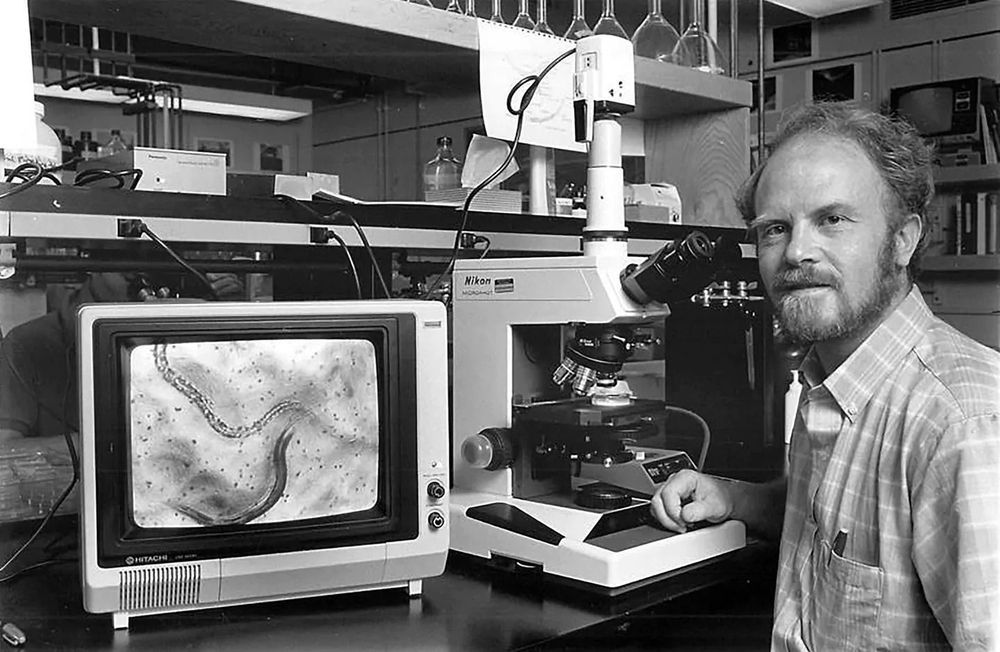
His work transformed the mind-set of scientists, launching a new field in the science of aging when he demonstrated that identifying and manipulating genes could lengthen life span.
Although Johnson’s research has led to drug development to slow the effects of age-related diseases, he has yet to find the secret to stop aging. Now the soft-spoken redheaded scientist is running out of time as he confronts his own mortality.
In 1987, scientist Tom Johnson’s team identified the first gene that affects aging. Today, he still works in his lab as he deals with incurable Lewy body dementia.
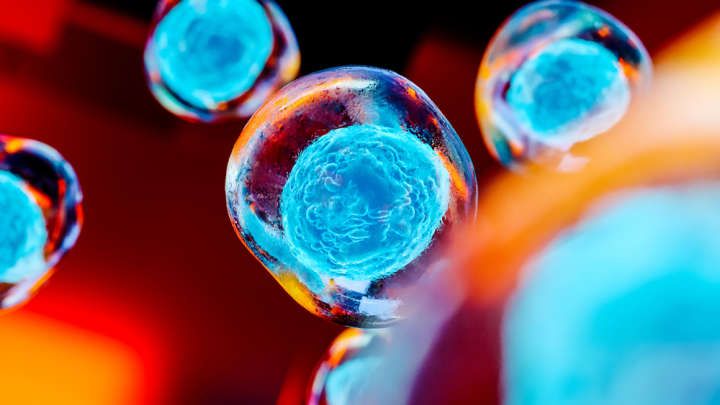
For the first time, scientists have reprogrammed cells from a 114-year-old woman into induced pluripotent stem cells (iPS cells), a move which they describe as a significant step toward understanding “the underlying mechanisms of extreme longevity and disease resistance.”
iPS cells are adult cells that have been genetically reprogrammed into an embryonic stem cell-like state and are able to give rise to any of the specialized cell types of the body, whether it’s neurons, blood cells, or heart cells.
Until this new project, researchers weren’t even certain whether they could create viable iPS cells from someone so elderly, let alone a supercentenarian. Now they have shown it’s possible to effectively make these aged cells resemble young pluripotent cells, the researchers believe they might have made a step towards the reversal of cellular aging.
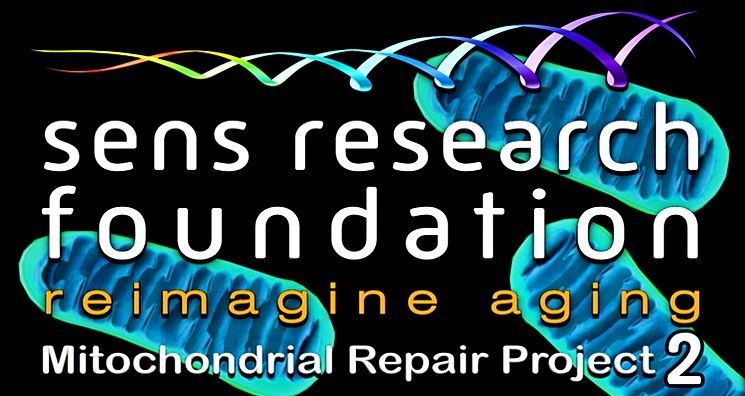

On this episode of Anti-Aging Hacks, we discuss all about reversing aging in humans! My guest in this podcast is Dr. Greg Fahy, and he is the first scientist to reverse aging in humans. Here is what we discuss in this interview: 1. Why the Thymus is really important for Immune Function 2. How creating a combination.
The Future of Human Aging: Implications of Induced Tissue Regeneration (iTR), with Michael D. West, Ph.D., Co-CEO of BioTime.
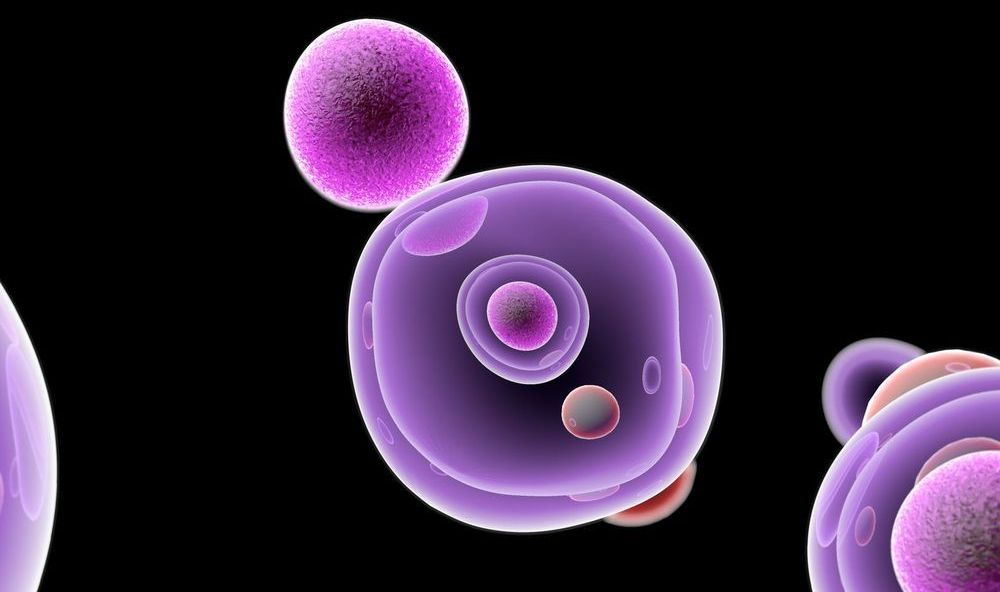
O,.,o.
Stanford scientists may have found a way to essentially return older cells to a more youthful state. The adult cells are treated with a mix of proteins from early embryonic development, which removes many of the molecular signs of aging. The cells closely resembled younger ones, and in mouse tests, older animals regained the muscle strength of youth.
Stem cells have the remarkable ability to differentiate into basically any other type of cell in the body. That’s not only important for healthy development of embryos, but it opens an intriguing possible treatment for replenishing lost cells to repair damage to organs and tissues.
Induced pluripotent stem cells (iPS cells) are an emerging method for this kind of treatment. Scientists first take samples of a patient’s adult cells, often from the skin, and then expose them to what are known as Yamanaka proteins. These essentially rewind the cells’ clocks back to an embryonic state, where they’re once again ready to become whatever specialized cells are currently needed.
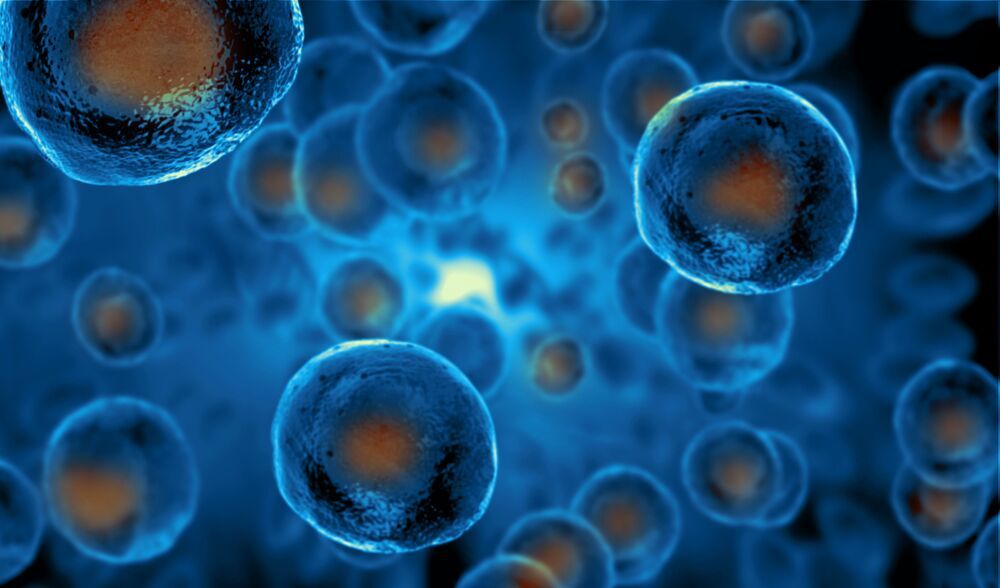
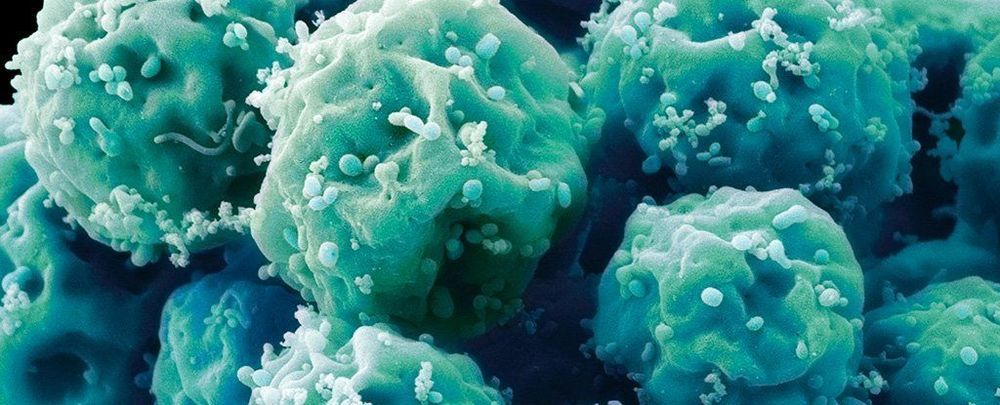
For the first time, scientists have reprogrammed the stem cells of a 114-year-old woman, the oldest donor to date.
After first transforming cells from her blood sample into induced pluripotent stem cells (iPSCs), the researchers then generated mesenchymal stem cells, which help to maintain and repair tissues like bone, cartilage and fat.
“We set out to answer a big question: Can you reprogram cells this old?” says stem cell biologist Evan Snyder at Sanford Burnham Prebys Medical Discovery Institute in California.